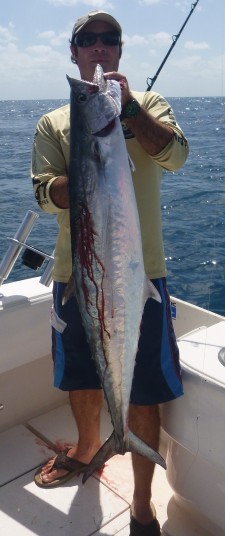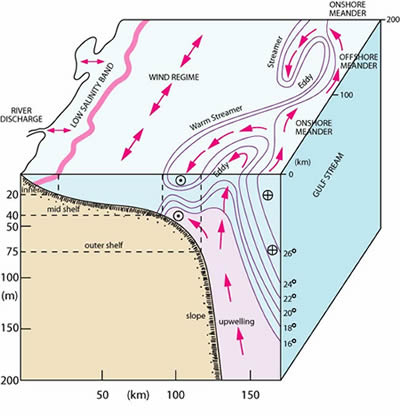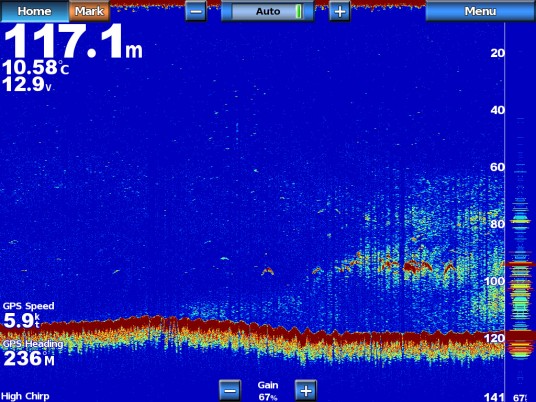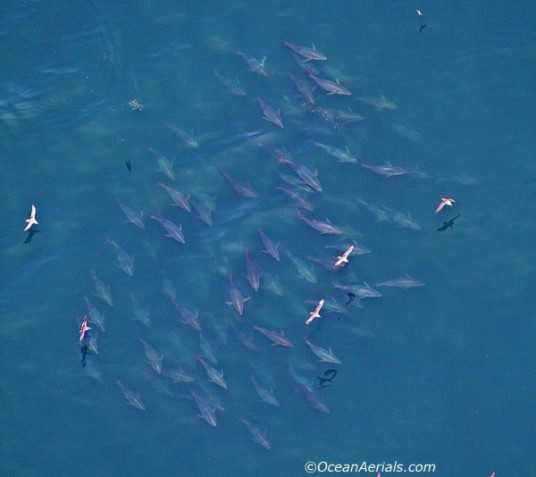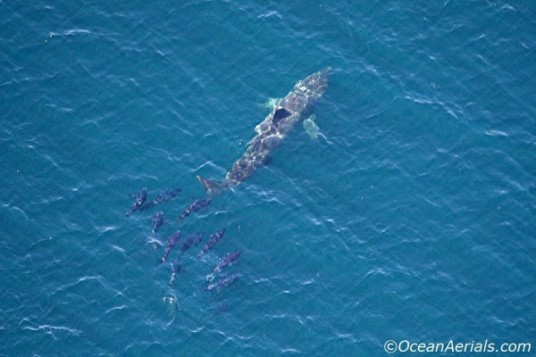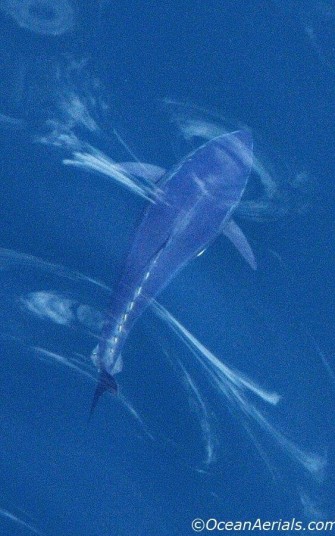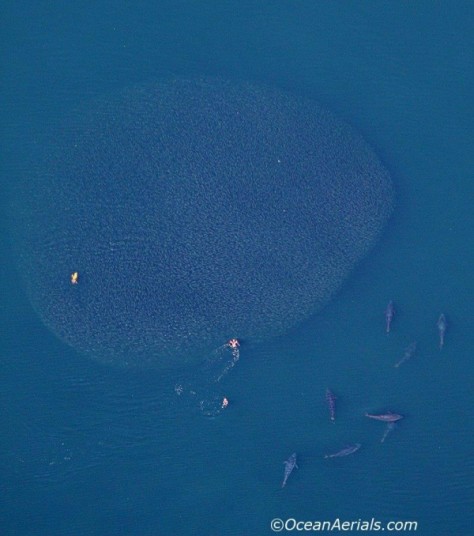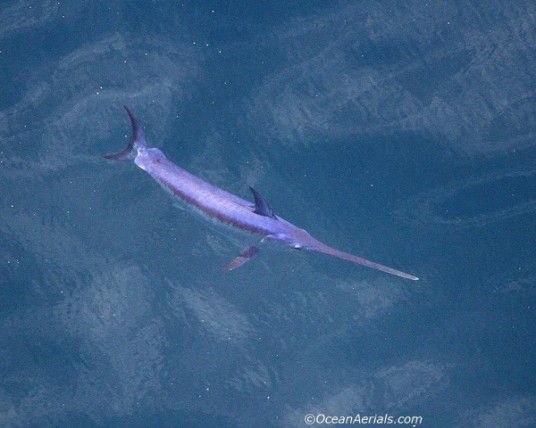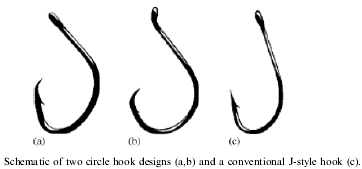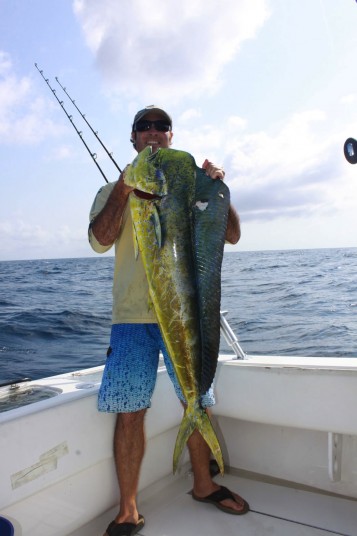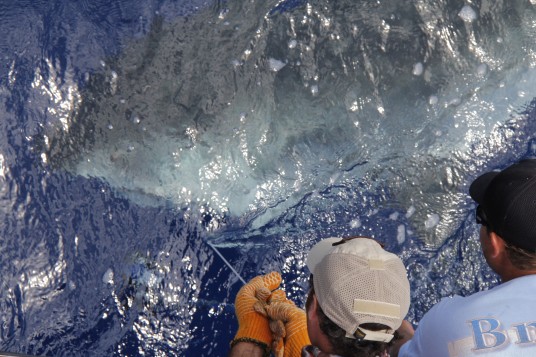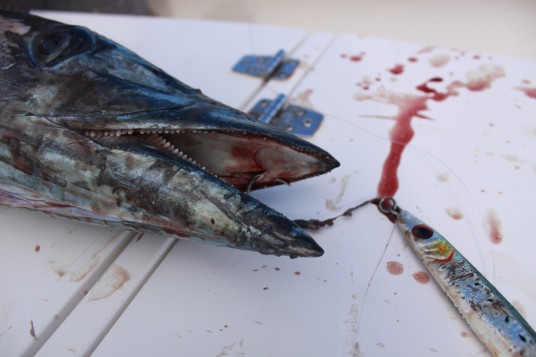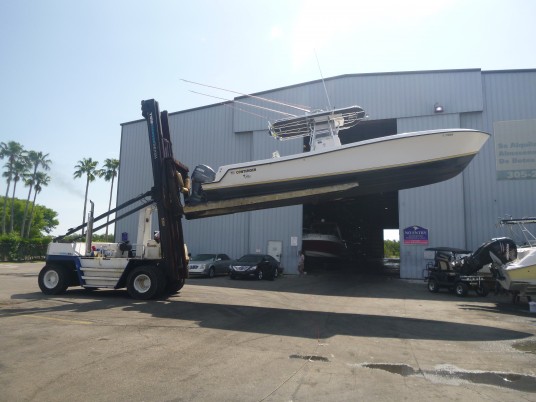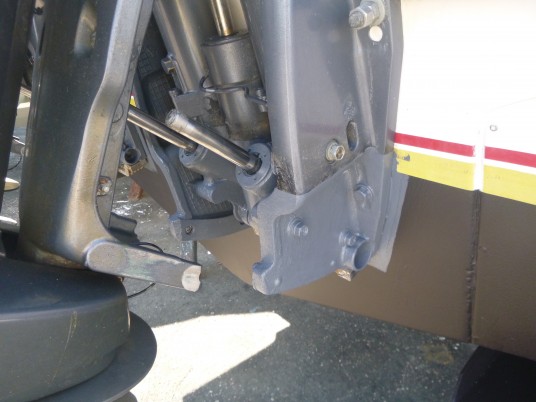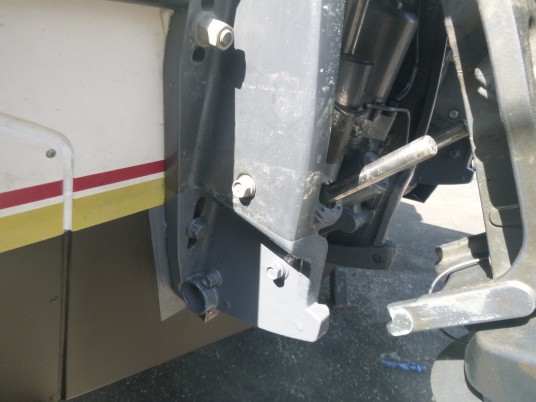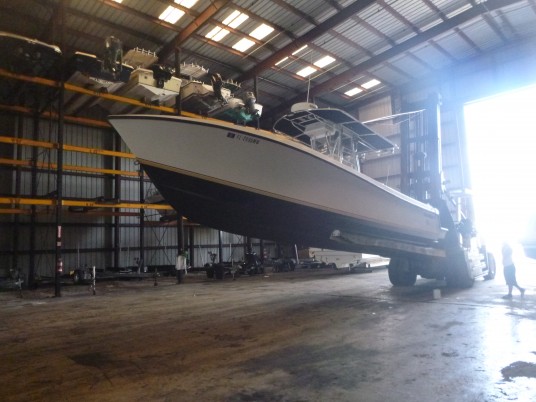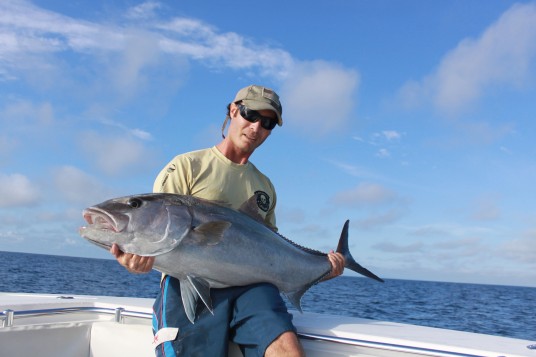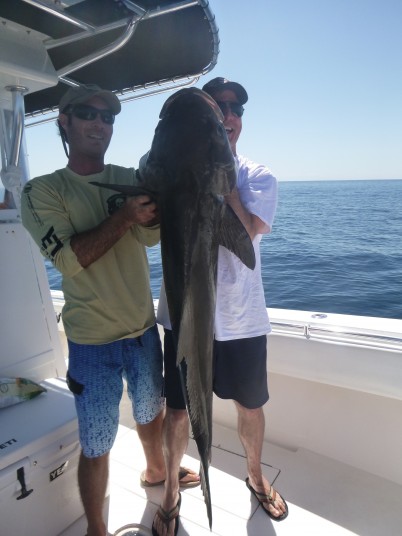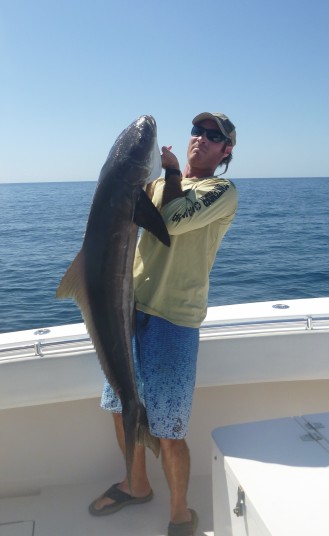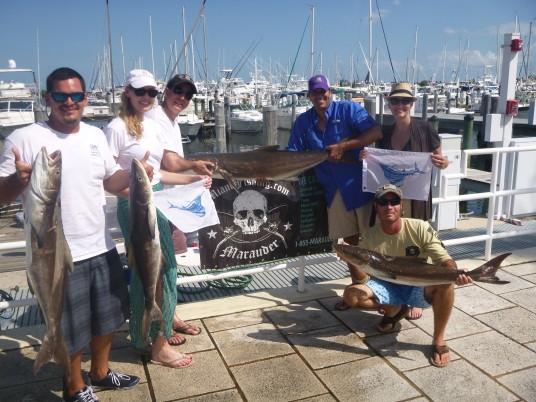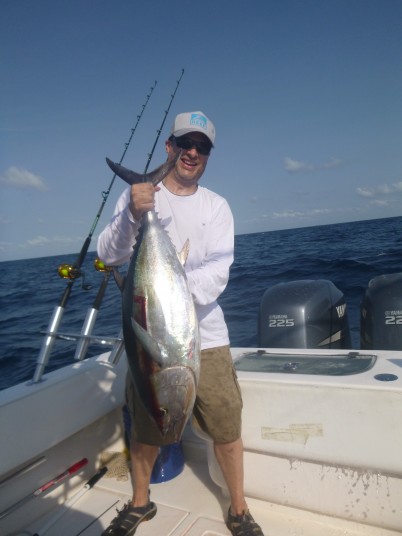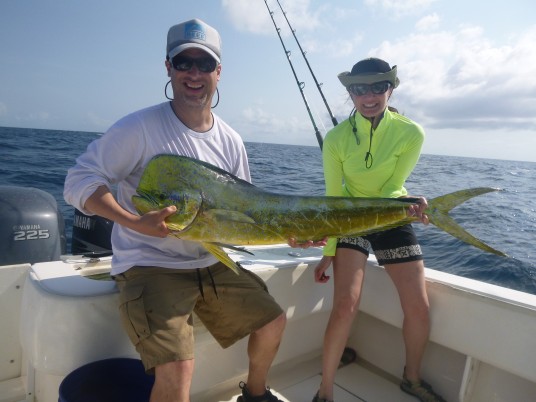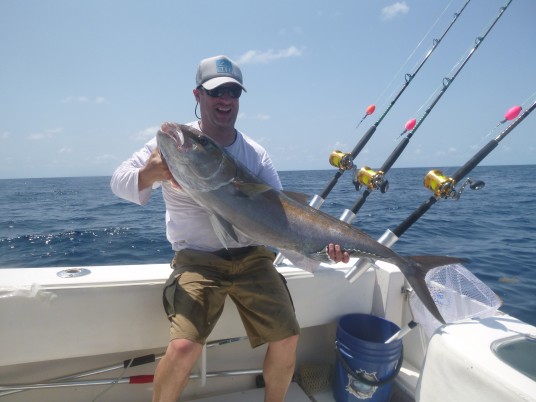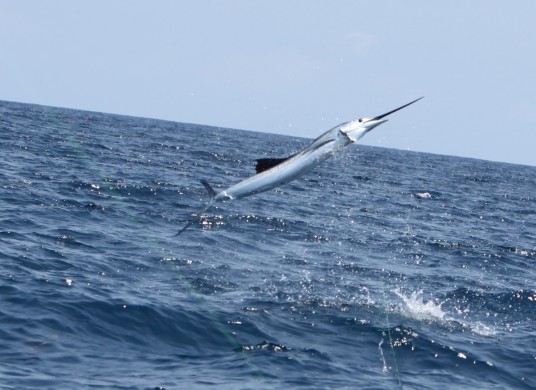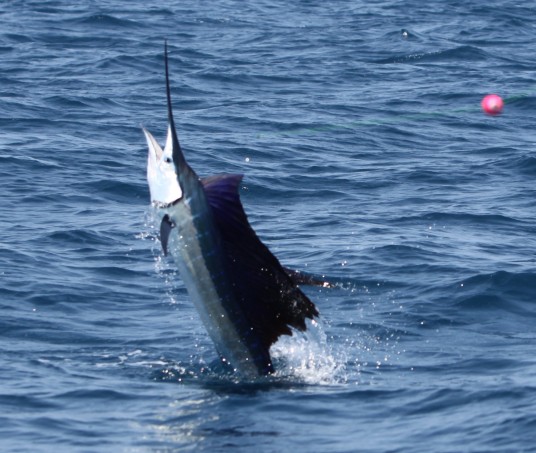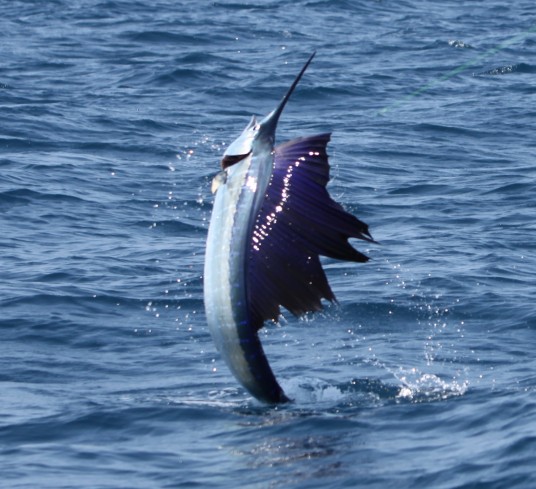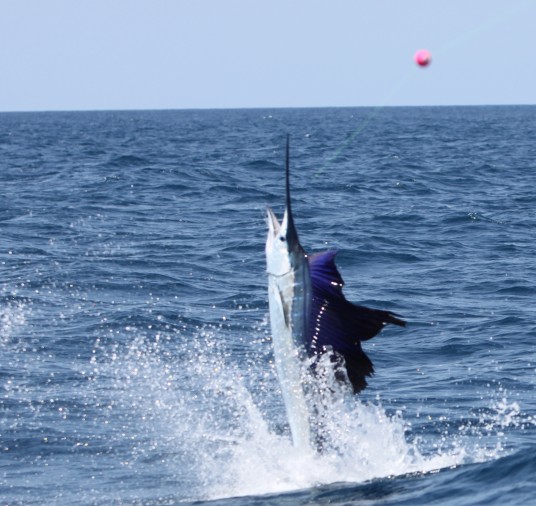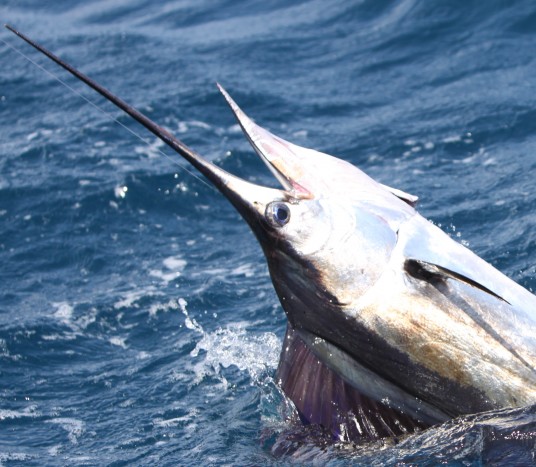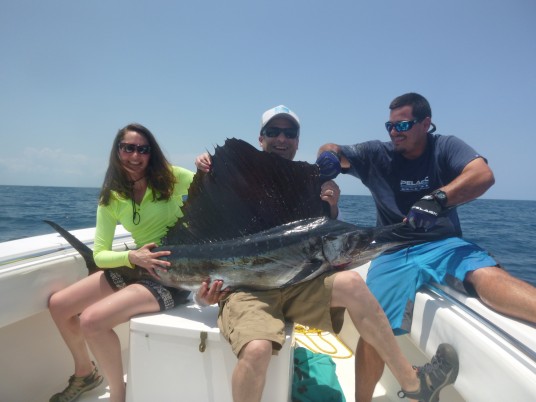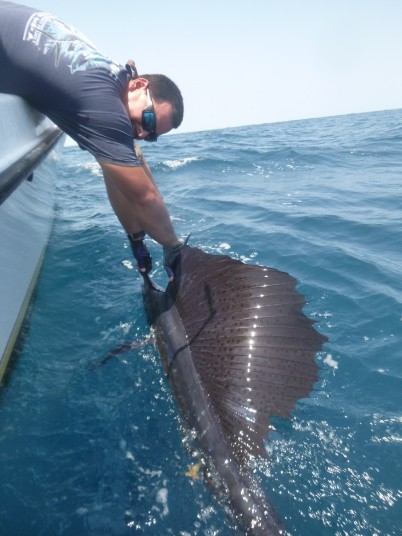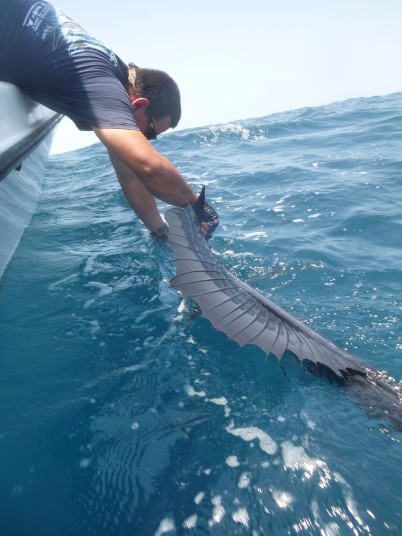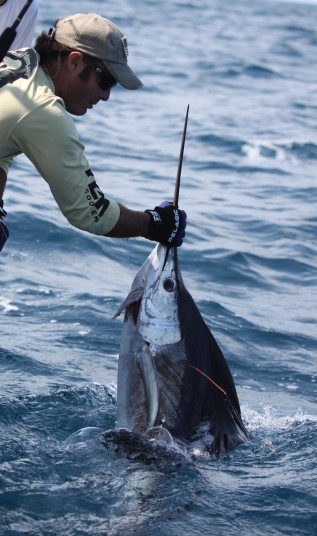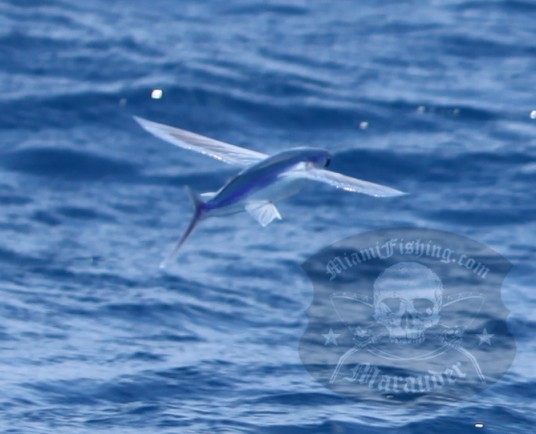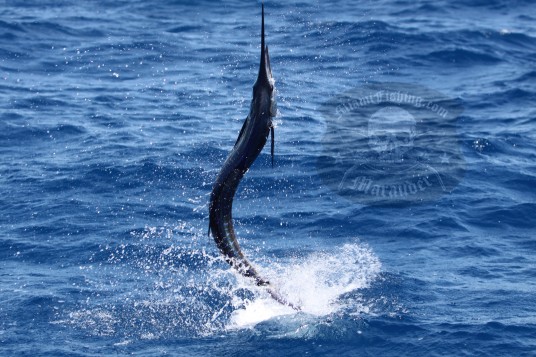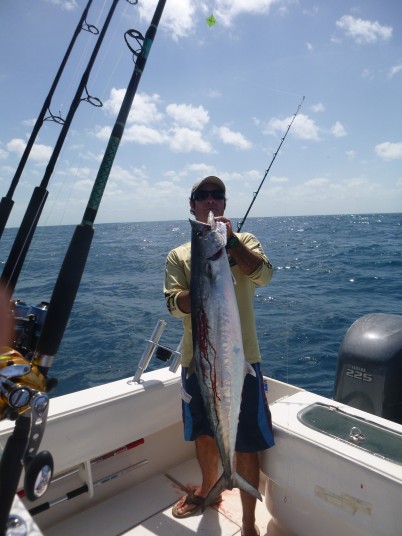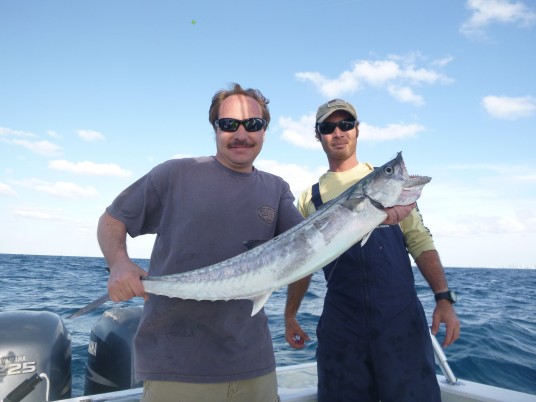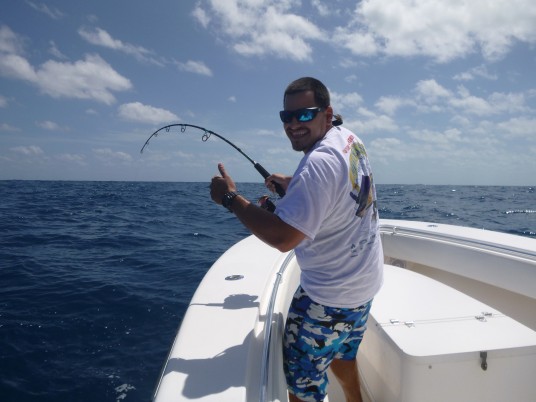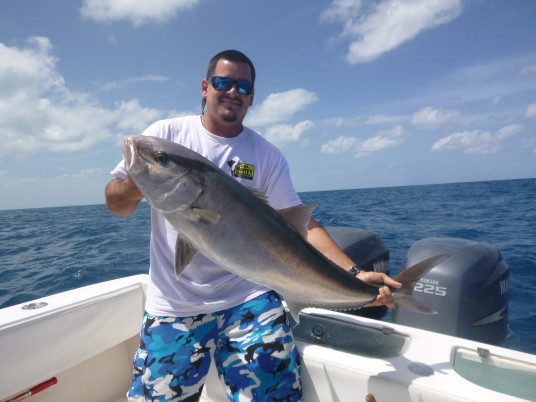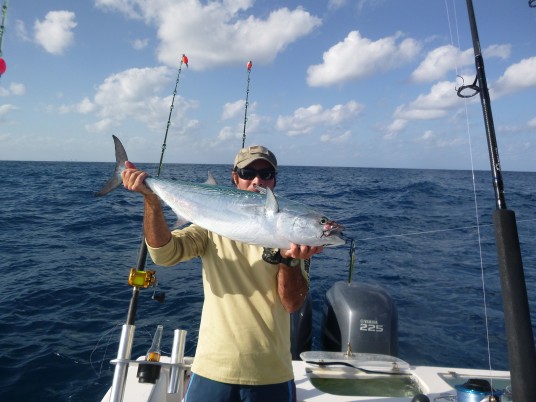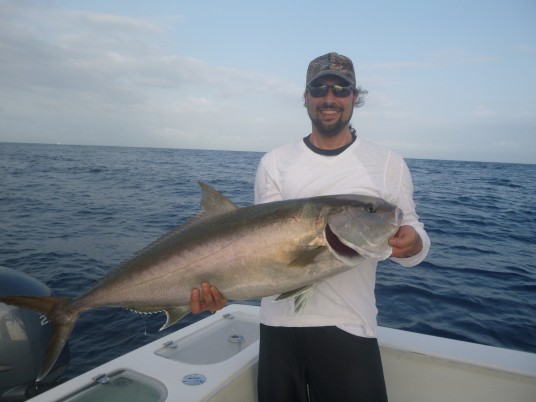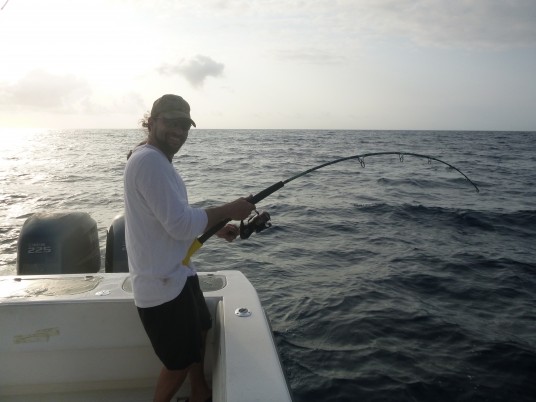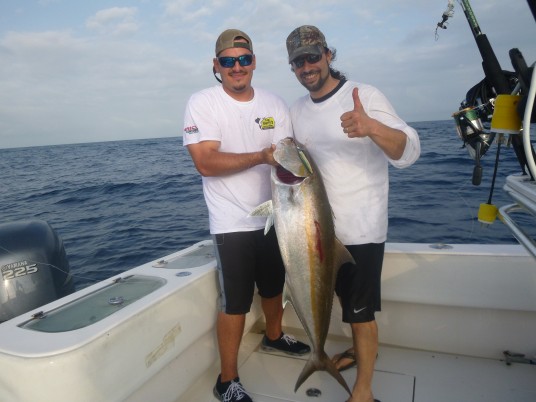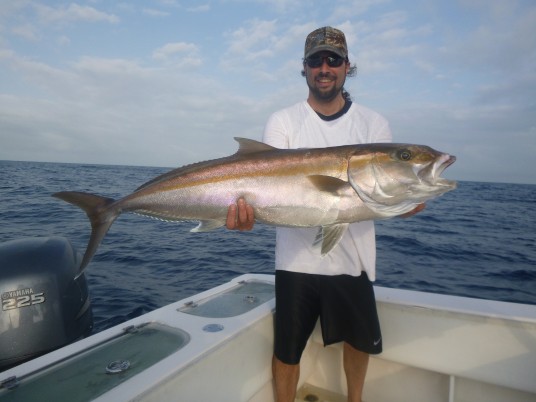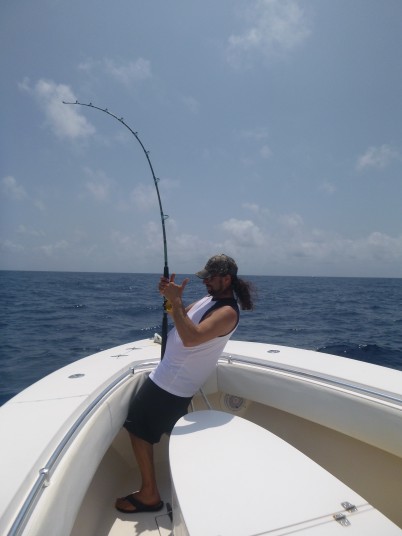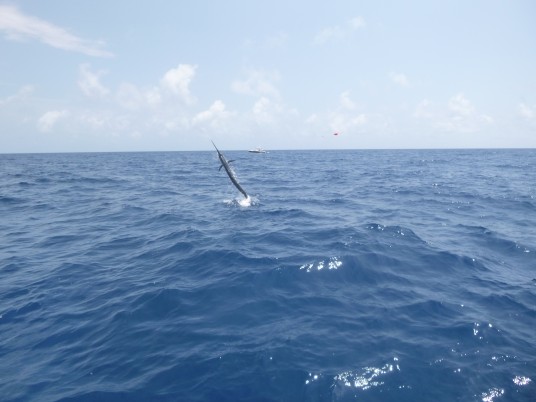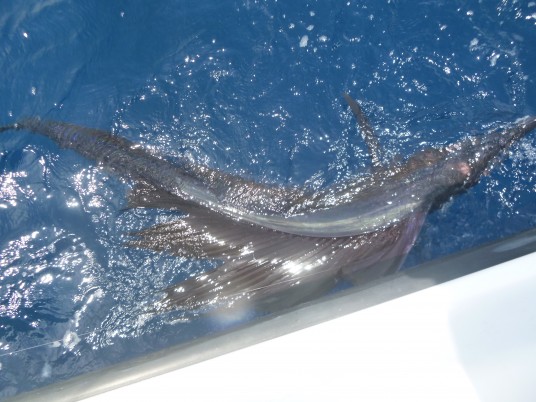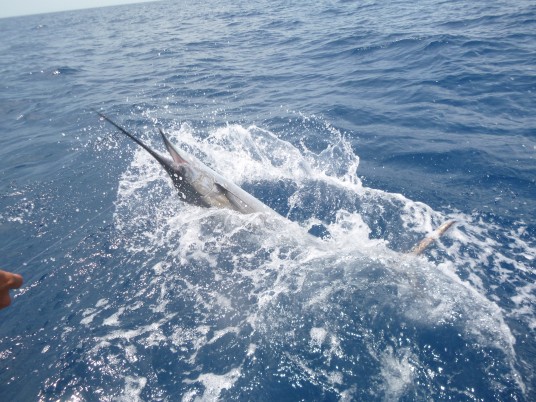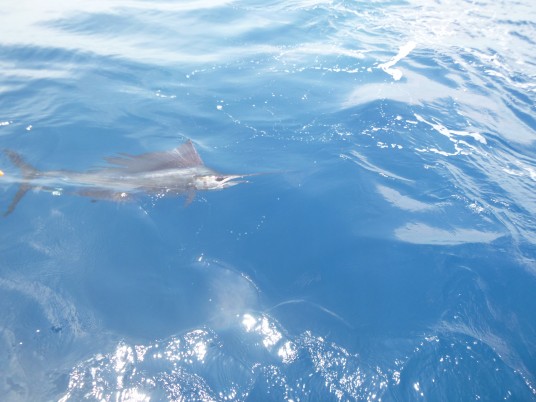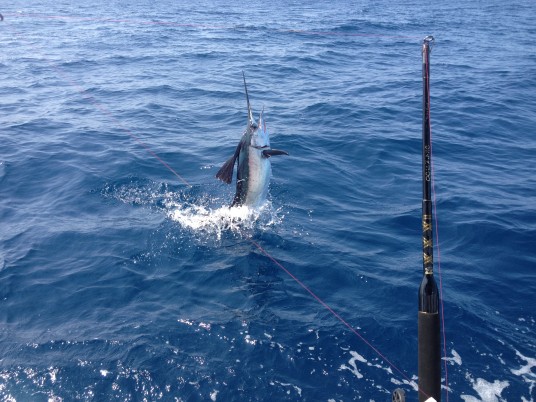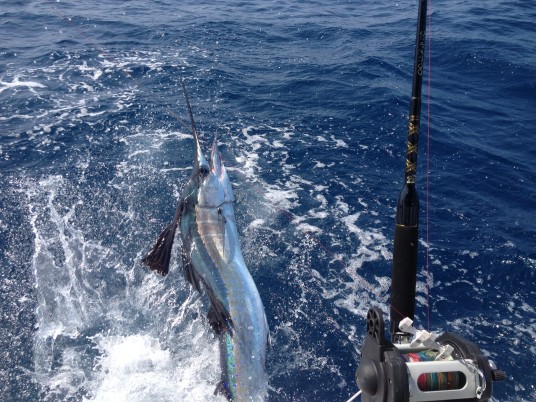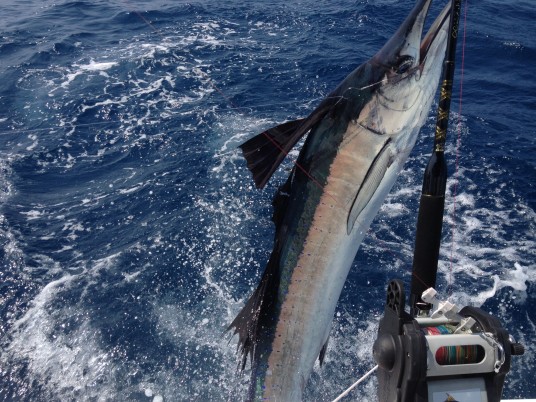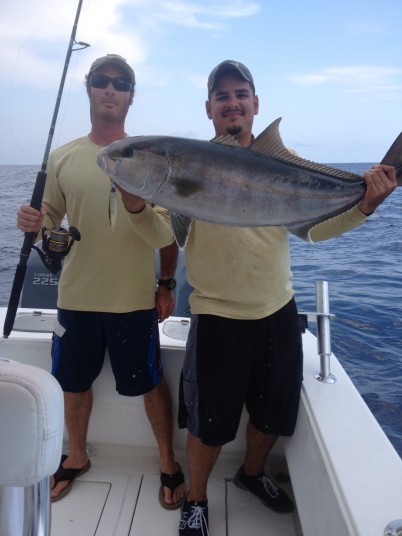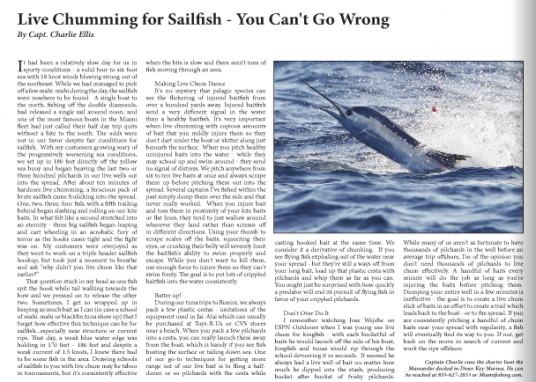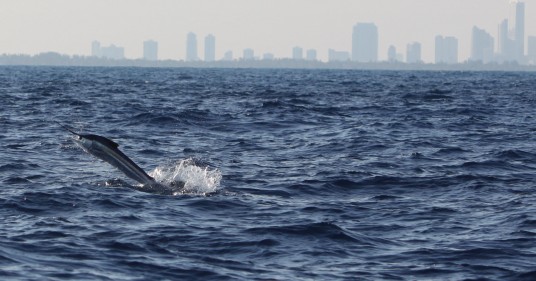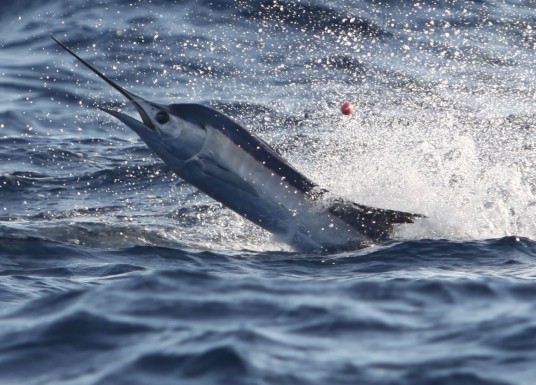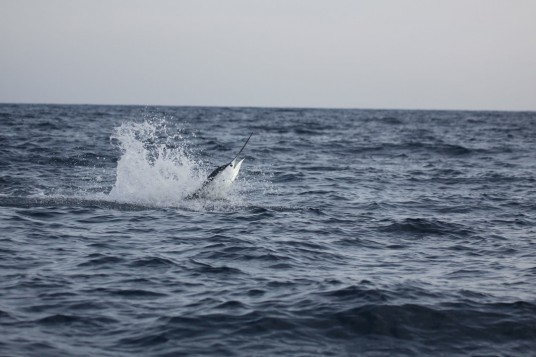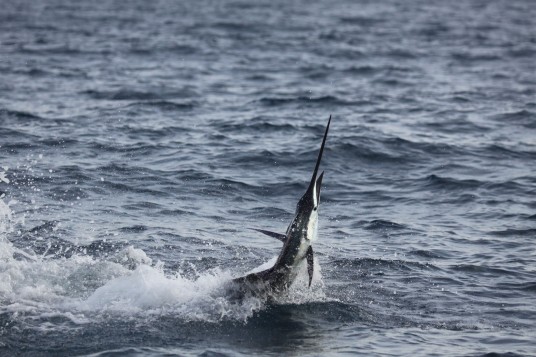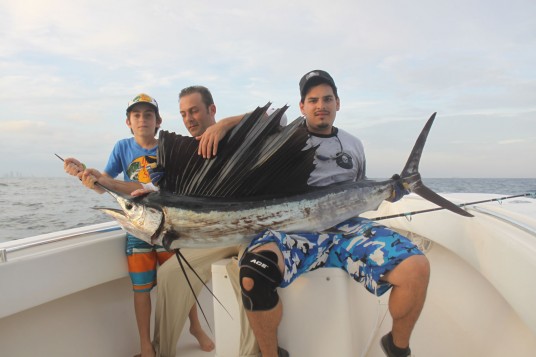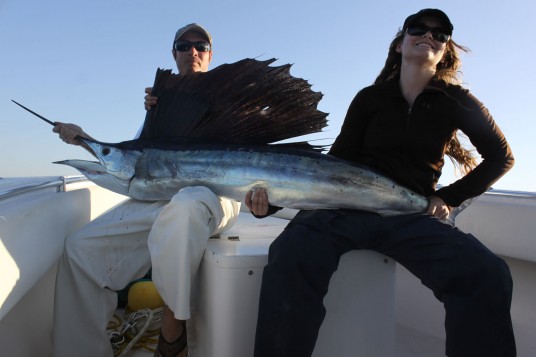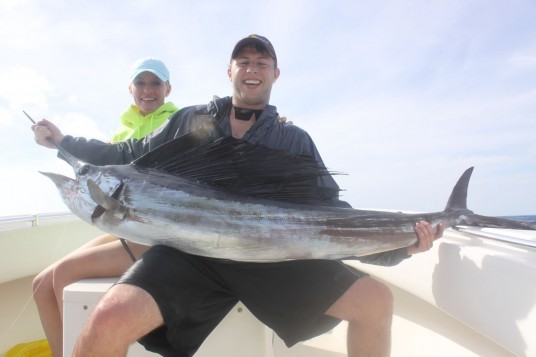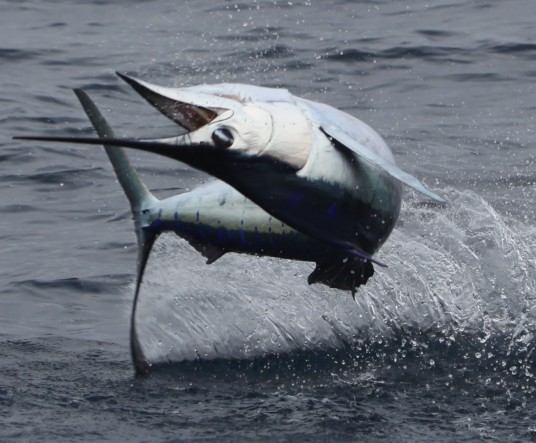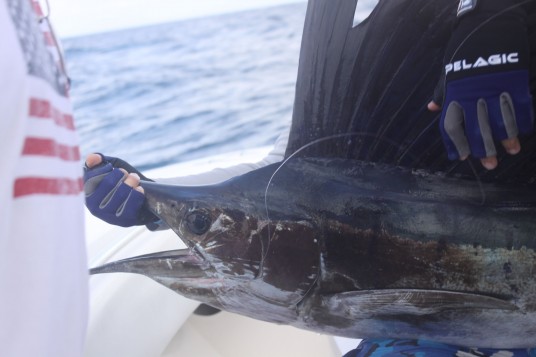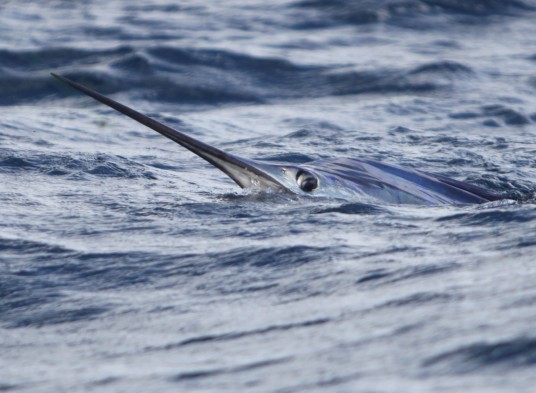Summertime in Miami, FL is one of the best times of the year to target BIG kingfish. These voracious and abundant predators arrive in force, pursuing the droves of bonitas which flourish in the warmer water. Targeting kingfish is pretty easy, as they can be found from 90′ to 140′ of water, often slightly shallower depending on the strength of the current. They are a blast to catch on light tackle and make blistering initial runs before settling into the fight. While there are still plenty of dolphin offshore should you happen upon floating debris, if you’re dealing with doldrum conditions, try these time tested kingfish tactics to keep the rods bent and the reels screaming.
Light Wire for Big Kings
Kingfish have exceptionally jagged and sharp teeth, but not sharp enough to slice through fine wire. The bottom line is that you don’t need excessively heavy wire to catch kingfish on light tackle. Unlike wahoo, kingfish have wider gaps between their teeth that are better for shredding than slicing. Their feeding patterns are similar, but wahoo by far have a more devastating bite.
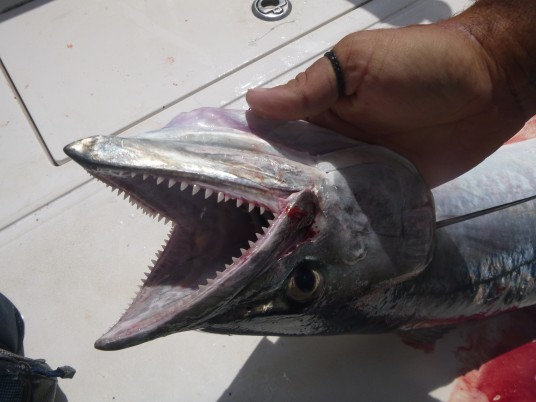
In the summertime, when conditions are exceptionally calm, using lighter gauge wire for your kingfish rig can make a world of difference. Despite their insatiable appetite, kingfish have keen eyesight and can be sensitive to wire that’s larger than #3. While trailing treble hooks have their advantage when concealed effectively, it’s important to keep the bait as natural as possible – super heavy stiff wire makes this impossible.
If you’re not getting a consistent bite of kingfish, try downsizing the wire you’re using – or try 60 to 80lb flourocarbon with a 6/0 or 7/0 light wire circle hook. You will get cut off regularly, but the volume of bites you attract will increase and circle hooks increase the likelihood of staying connected.
Get Dirty
It’s no mystery that dirty water is where kingfish prefer to hunt. Fishing in depths of 90′ to 130′ when the water is cloudy usually affords the opportunity to target kingfish with tremendous effectiveness. Big kings often hold near structure (i.e. reefs, drop offs, or wrecks) with current, especially when poor visibility enables them to hunt efficiently. When fishing in dirty water, be sure to stagger baits in the water column until you start getting bites consistently at a particular depth. Kingfish tend to swim in schools, so where one fish is chewing, odds are there will be more. Monitor the depth you are fishing closely to identify whether fish are feeding – and hold to that depth, making multiple drifts.
Go Deep
While kingfish often skyrocket out of the water to attack kite baits, they primarily hunt in the middle of the water column, usually around thermoclines. While staggering baits at multiple depths is a best bet to catch quantities of kingfish, larger specimens are typically lazy feeders, dwelling deeper in the water column. If the current will allow, keep a dead rigged bait within 30 feet of the bottom, and a live bait 2o feet shallower. Large fish will assault a cigar minnow, blue runner, or Goggle eye out if its element.
When you fish deep, be prepared to get tight on a fish once you hear the bite. Kingfish are sneaky and will often take the bait and run shallower once they feel the sting of the hook. Going slack on a kingfish will cost you – it’s important to be prepared for a bite and react quickly.
Sting like a Bee
Using stinger hooks can be an extremely effective technique as kingfish tend to smack baits hard, often leaving just the head of the bait attached to the hook. A trailing treble provides an extra opportunity to hook fish that otherwise slice a live bait in two, but this technique has a distinct advantage and disadvantage. On the positive side, treble hooks are notoriously “sticky” and will take hold in just about anything that brushes them. Negatively, treble hooks are bulky and can be easily seen by Kingfish. Keeping the treble hook as concealed as possible when using a double hook rig for kingfish is a critical point of success.
Here’s one of the tournament proven stinger rigs demonstrated clearly:
Bet on the Bottom
It’s commonplace is kingfish tournaments for boats to locate “offshore live bottom”. These are ledges which can be found in 70′ to 100′ of water, usually a sharp drop off with significant concentrations of bait or small snappers. Live bottom can be the edge of reefs, rocks, or sandy shelves that descend down into the depths. Typically, the current washes over this structure providing an eddy for bait to congregate. Offshore live bottom can occasionally be found at the edge of a thermocline, where current tends to intersect.
When you find a ledge, slope, or wall that is holding bait, it’s likely that large kingfish will be holding in the area. Downriggers are ideal for fishing this type of structure, but are not critical. Fish a deep rod using a three way swivel – typically with a long flourocarbon leader to a bite wire, rigged with a big bait. Cigar minnows and goggle eyes are ideal for fishing deeper as they stay frisky and thrash wildly.
